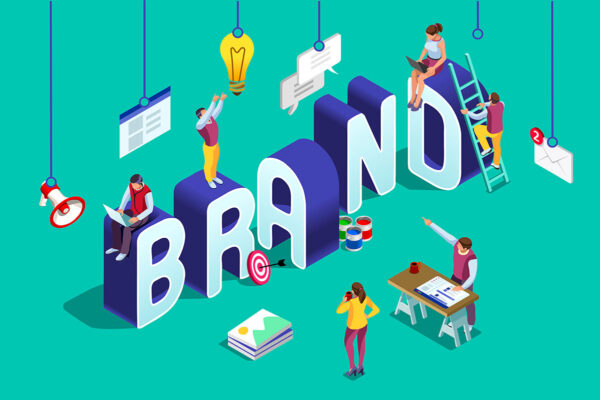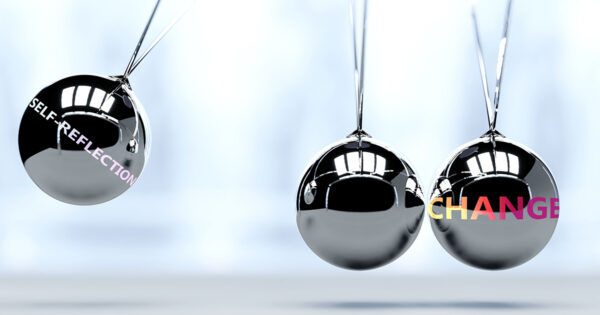I wrote a couple days ago about how smaller nonprofits must often create fundraising messages that they don’t prefer for their fundraising to be more successful.
Today, I want to take a moment to acknowledge that changing your ideas about fundraising can be emotionally difficult.
For a Founder, or for someone who is passionate about their fundraising, it can be a very real struggle to try a fundraising message or strategy that doesn’t personally resonate.
Let me share my own experience with this, in hopes that it’s helpful.
Here’s the thing to know about me: I strongly prefer not to make mistakes. In fact, I hate mistakes. I fear being wrong. I fear being judged.
My fear around avoidable mistakes has positive consequences – for instance, it made me a fantastic student.
But it also has negative consequences. For instance, I’m occasionally a pain in the neck to work with.
So it was challenging for me when I learned that the easiest way for smaller nonprofits to raise more money is to send out more fundraising.
Wait, I thought, wouldn’t the best way be to make each piece of fundraising more perfect? We’ll eliminate all the mistakes, get everything up to best-practices… wouldn’t that bring all the money in?
Nope. I saw again and again that the nonprofits that grew their individual donor fundraising the fastest were seeing that “showing up regularly in donors’ lives” is more important than “showing up perfectly in donors’ lives.”
It didn’t seem possible that “sending more fundraising” could work. It didn’t seem possible that the occasional typo or “wrong thing showing through the envelope window” could work.
But if I’m honest, the real conflict was with my personal preferences and fears. I was thinking, If we have to move faster we’re going to make mistakes. I don’t want to focus on the total number of pieces, I want each piece to be an un-critique-able jewel box of fundraising brilliance. <<pounds podium>> I’m a copywriter and a storyteller, dammit, not some cheap content machine!
I’m poking fun at myself here, but my feelings of discomfort were real.
And you’ll smile at why my thinking on this issue eventually changed; I saw the strategy of “showing up regularly is more important than showing up perfectly” succeed so many times for so many organizations that eventually I realized I would be making a mistake if I didn’t change my thinking. And you know I don’t like to make mistakes. Sheesh.
Anyway. I still don’t prefer the “showing up regularly is more important than showing up perfectly” approach to mass donor fundraising. But I embrace it because it so obviously helps small nonprofits raise more money and increase donor retention rates. And because making the world a better place is more important than my own personal preferences and fears.
So… acknowledging that we all have preferences and fears… and acknowledging that doing things in a non-preferred way can be difficult… is there anything about your organization’s fundraising that should be changed in order to raise more money and fund more work, even if you don’t prefer the change?










